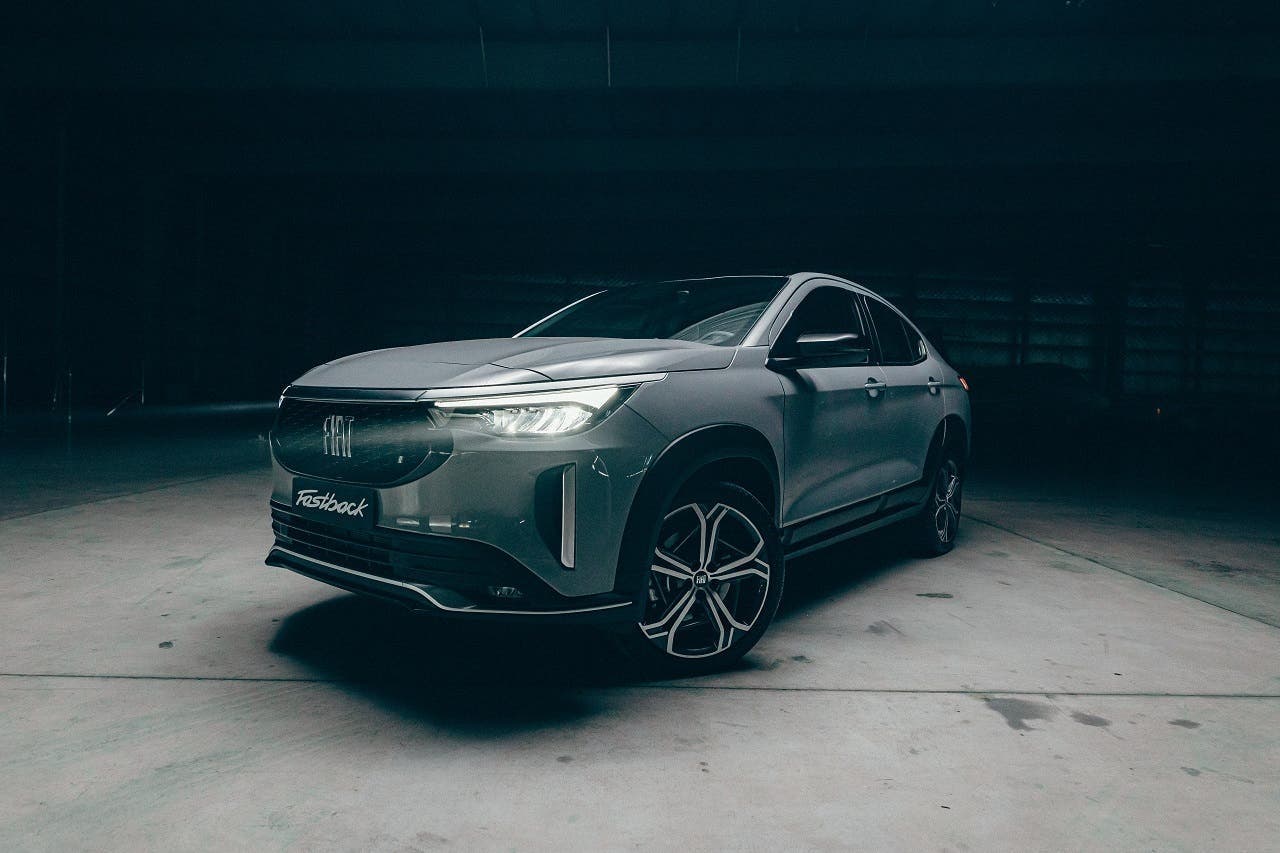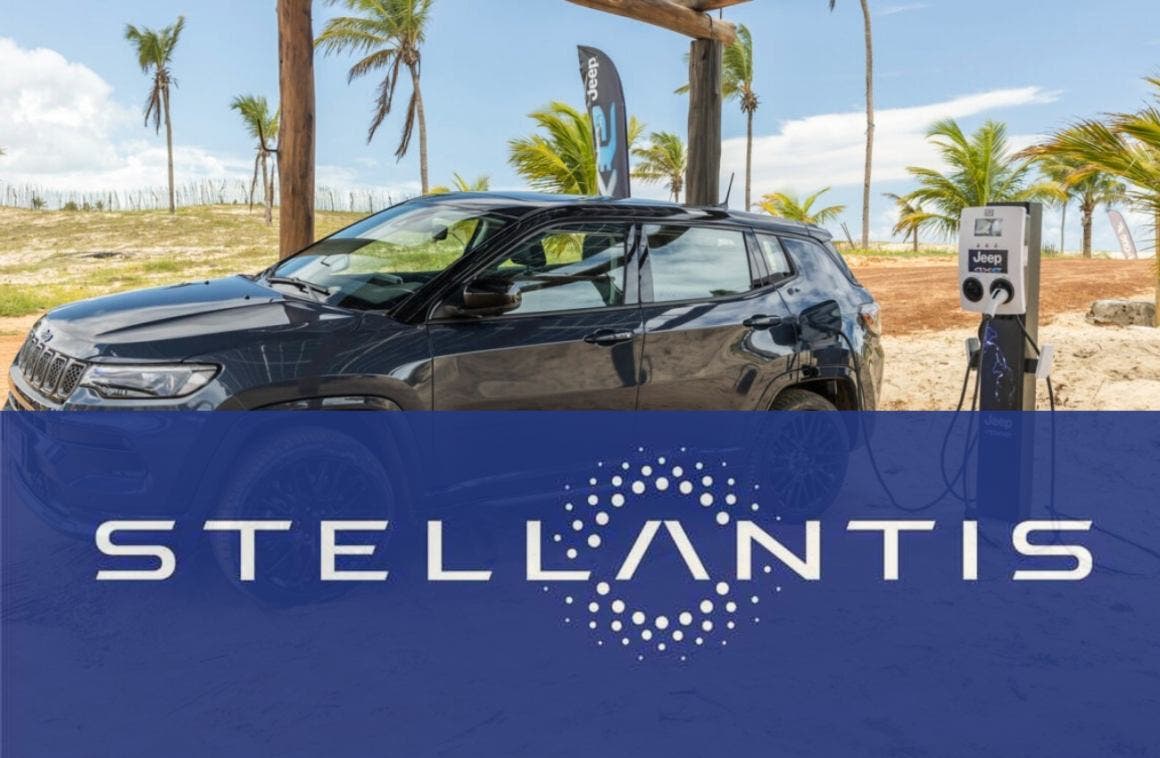Stellantis, the automotive giant, is accelerating its electrification plan in South America as well. However, the company has decided to take a gradual and strategic approach, adapting to local consumer preferences and focusing initially on market segments with the greatest growth potential. This smart move reflects Stellantis’ deep understanding of the South American market and its specific needs. For this, SUVs are the most popular vehicles, which is why Stellantis decided to focus its initial efforts on hybrid models in this segment.
Stellantis focuses on gradual electrification in South America: hybrid SUVs and electric Panda coming soon
Stellantis has made a decision to accelerate its move toward electrification in South America as well, but it is doing so with a gradual and strategic approach. This means that it will adapt to local consumer preferences so as not to create discontent. For this reason, the automotive group has decided to focus all its initial efforts on SUVs, leaving pickups aside for the time being. Emanuele Cappellano, Stellantis managing director for South America, disclosed the reason for the decision to focus on SUVs by saying that there are segments such as pickups that are working perfectly well with internal combustion for now and do not now need to change course.
Over the next few years, Fiat’s Betim and Jeep’s Goiana plants in Brazil will be boosted by large investments (€14 billion and €13 billion, respectively) in the production of the group’s first hybrid models. The first vehicles to benefit from this technology will be the Fiat Pulse and Fastback SUVs. In contrast, looking at the future of the Fiat Toro and Ram Rampage pickups of electrification still seems to remain uncertain.

Nevertheless, electrification remains a very important part of Stellantis’ plans for South America. In fact, the commercial strategy will continue with the launch of a new electric car based on the Fiat Panda. We are talking about the model that in Europe will be unveiled in July and will arrive on the market subsequent to the summer months. It, may take on a different name for South America and make its grand debut during next year.
Stellantis’ decision to focus on hybrid SUVs in South America lends light to its deep knowledge of the local market and its needs. Indeed, SUVs are the segments that are most favored in many South American countries. The passage of electrification make their demand increase even more, as there are many environmentally conscious consumers eager to reduce operating costs. In any case, Stellantis is not ignoring the potential of pickups, which are an important tradition in some South American markets. The decision not to make the switch to electric for now may be due to the need to develop new hybrid or electric technologies suited to the specific needs of these vehicles, to ensure that they do not lose their effectiveness.
If we focus on the overall, Stellantis’ strategy for electrification in South America appears solid and well thought out. The company focuses perfectly on the market segments with the greatest growth potential. Even if it does not leave out the possibility of keeping an eye on the needs and preferences of local consumers. The coming of new hybrid and electric models in the next few years will be of great help in reducing the environmental impact of the automotive sector in South America and in offering consumers more sustainable and convenient mobility solutions.

